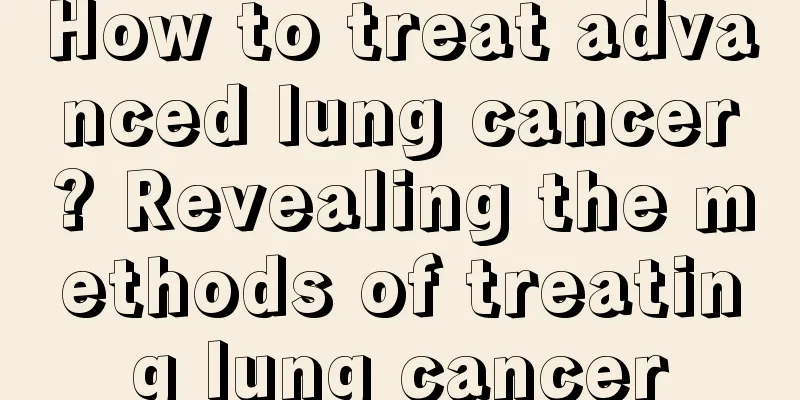What is the cardiopulmonary resuscitation technique

|
In people's daily lives, they always encounter some special situations, especially when someone around them suffers from cardiac arrest. In this case, timely treatment must be given, and the most effective way is cardiopulmonary resuscitation. Once treatment is given, it can save every second for life, but many people do not know the correct method. So, what is cardiopulmonary resuscitation? First, what is the cardiopulmonary resuscitation technique? First, we need to determine the patient's consciousness. Call him loudly or shake him to see if he responds. Get close to his nose and mouth to feel whether he is breathing. Feel his carotid artery to see if there is a pulse. Be careful not to touch both sides of the carotid artery at the same time as this may cause danger. Open the airway. Place the patient in a supine position. Comatose people often have airway obstruction due to tongue prolapse. At this time, the rescuer should kneel on one side of the patient's body, press down on the forehead with one hand, and lift the chin up with the other hand. The standard is that the line connecting the lower jaw and the earlobe is perpendicular to the horizon, which means that the airway has been opened. Second, artificial respiration. If the patient is not breathing, immediately perform mouth-to-mouth artificial respiration twice, then feel the carotid artery. If you can feel a pulsation, then only artificial respiration is required. Method: It is best to find a piece of clean gauze or towel and put it on the patient's mouth to prevent bacterial infection. The rescuer pinches the patient's nose with one hand, takes a deep breath, holds it, quickly leans over, covers the patient's mouth with his mouth, and blows gas into it quickly. At the same time, the rescuer's eyes need to observe whether the patient's chest expands due to the injection of gas. After the gas is blown out, release the hand that is pinching the nose and let the gas exhale. This completes a breathing process. An average of 12 artificial respirations were completed per minute. What is the cardiopulmonary resuscitation technique? Chest compression. If the patient has no pulse at the beginning, or if there is no pulse after one minute of artificial respiration, chest compressions are required. Method: The rescuer must first find the area to press. Along the lowest edge of the ribs on both sides from the bottom to the middle of the body, feel the intersection point, called the xiphoid process. Using the xiphoid process as the point, determine the position of two horizontal fingers on the sternum, which is the junction of the middle and lower thirds of the sternum. This is the implementation point. The rescuer places one hand on the back of the other hand with the fingers crossed and places the base of the palm in the position just found. Using the strength of the upper body, the rescuer presses down vertically. The sternum is depressed by about 4-5 cm. Both arms must be straight and cannot be bent. After pressing down, they should be lifted up quickly. The frequency should be controlled at 80-100 times per minute. Note: You must control the force and not use too much force, because too much force can easily cause rib fractures, which may cause the ribs to pierce important organs such as the heart, lungs, liver, spleen, etc. The bones of the elderly are brittle, so they need to pay extra attention. |
<<: The correct way to apply lotion
>>: How to remove formaldehyde from a newly renovated house
Recommend
Sudden bad breath
Some people didn't notice that they had bad b...
How to remove body coldness
I believe everyone is familiar with cold air. The...
What medicine is good for the elderly's feet numbness_What medicine is good for the elderly's hands and feet numbness
Problems are very easy to occur in the elderly. A...
What to eat to prevent stomach cancer
What to eat to prevent stomach cancer? In order t...
What are the specific symptoms of bladder cancer
In recent years, bladder cancer has become one of...
Cluster migraine treatment, it turns out these methods are the most effective
Cluster migraine is the most severe of all pain s...
Experts explain what biological treatments for brain cancer are
There are many ways to treat brain cancer, includ...
Are mobile signal towers harmful to the human body in life?
There are many high-tech products in our lives no...
Stockholm Symptoms
The strange phenomenon of Stockholm syndrome is o...
Why is my face dry, itchy and painful?
The face is a very important part of the human bo...
What to do if the white soles turn black
We all know that many people in life like to wear...
What should I do if I get liver cancer and feel hungry?
As a malignant tumor of the digestive system, liv...
The simplest way to remove acne with toothpaste
What we often call blackheads is acne, which is a...
Early symptoms of sinus and nasopharyngeal cancer
What are the early symptoms of nasopharyngeal can...
Softball
The original intention of softball was to promote...









